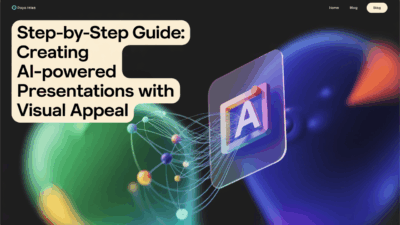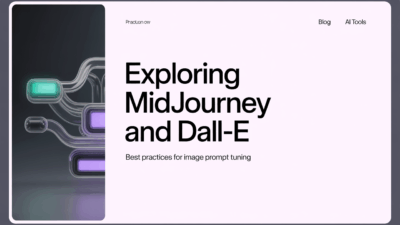Prompt engineering plays a pivotal role in extracting the most value from AI tools like Bard. Whether you’re using Bard for content creation, problem-solving, or data analysis, how you structure your prompts can significantly impact the quality of the output. Mastering prompt engineering is not just about asking questions—it’s about crafting precise instructions that guide the AI to deliver relevant, accurate, and insightful responses .
Understanding the Basics of Prompt Engineering
At its core, prompt engineering involves formulating queries or commands in a way that maximizes an AI model’s ability to understand and respond effectively. For Bard AI, this means designing prompts that are clear, concise, and contextually rich enough to steer the model toward the desired outcome . A well-engineered prompt can mean the difference between vague, generic answers and highly specific, actionable insights.
One of the first lessons in prompt engineering is simplicity. Shorter prompts often yield better results because they eliminate ambiguity and help the AI focus on the key request . However, brevity should never come at the expense of clarity. The goal is to be both succinct and explicit in defining what you expect from the AI.
Key Tips for Effective Prompt Engineering in Bard AI
1. Be Specific and Clear
The more detailed your instruction, the better Bard can interpret and execute it. Avoid vague language and instead provide concrete parameters such as tone, format, audience, or any other relevant guidelines . For instance, rather than asking “Write something about climate change,” a more effective prompt would be “Write a 500-word article on the impact of climate change on coastal ecosystems, targeting high school students.”
2. Use Contextual Clues
Including background information or examples within your prompt helps Bard contextualize the request. This is particularly useful when generating creative content or solving complex problems where prior knowledge enhances relevance and coherence .
3. Structure Prompts with Intent
Work backward from your desired outcome to shape your prompt. Define what success looks like—whether it’s a structured report, a persuasive pitch, or a technical explanation—and build your query around achieving that result . Structured prompts tend to generate more organized and focused outputs.
4. Iterate and Refine
Prompt engineering is an iterative process. If the initial response isn’t perfect, refine your prompt based on the output. Try tweaking keywords, rephrasing sentences, or adding constraints until you achieve the desired level of detail and accuracy .
Real-World Applications of Prompt Engineering
Beyond personal productivity, prompt engineering has transformative potential across industries. From marketing professionals crafting compelling copy to developers debugging code, mastering this skill enables users to harness AI for real-world applications efficiently . Businesses can streamline workflows, enhance customer engagement, and even improve decision-making by leveraging well-engineered prompts tailored to their unique needs.
Conclusion
Mastering prompt engineering in Bard AI is a powerful way to unlock the full potential of artificial intelligence. By focusing on clarity, specificity, and intent-driven structuring, users can dramatically improve the quality of AI-generated content and insights. As AI continues to evolve, so too will the techniques and best practices surrounding prompt engineering—making it an essential skill for anyone looking to stay ahead in the digital age .


